
If you think passive buy and hold investing without any regard for risk management is the most prudent investing philosophy, then you should stop reading this blog post now. There is an entire community of financial advisors who believe financial planning combined with low-cost passive investing is the holy grail.
To each their own, but I would rather drink my $5 latte and worry more about not losing 50% of my account value. To me it doesn’t matter if I am 35 or 65 years old losing 50% still sucks.
Managing drawdowns in the final stages of a market cycle is critical for preserving capital. The first line of defense for protecting assets is to adjust holdings to tilt to a more defensive posture, followed by taking profits and selling to cash.
However, the quickest and easiest way to immediately protect against bear market losses is the use of bear market funds which are also referred to as “Inverse” funds. While not perfect, there are definite advantages for using these specialized investment vehicles.
What is a Bear Market Fund?
A bear market fund or ETF is designed to perform inversely to its underlying index, i.e., increase in value if the underlying index drops and decrease in value if the underlying index increases.
It’s important to keep in mind that while these funds attempt to perform inversely on a daily basis there is tracking error. The underlying investments are a mix of cash, swap agreements and short sales of futures contracts that attempt to mimic the inverse of the underlying index.
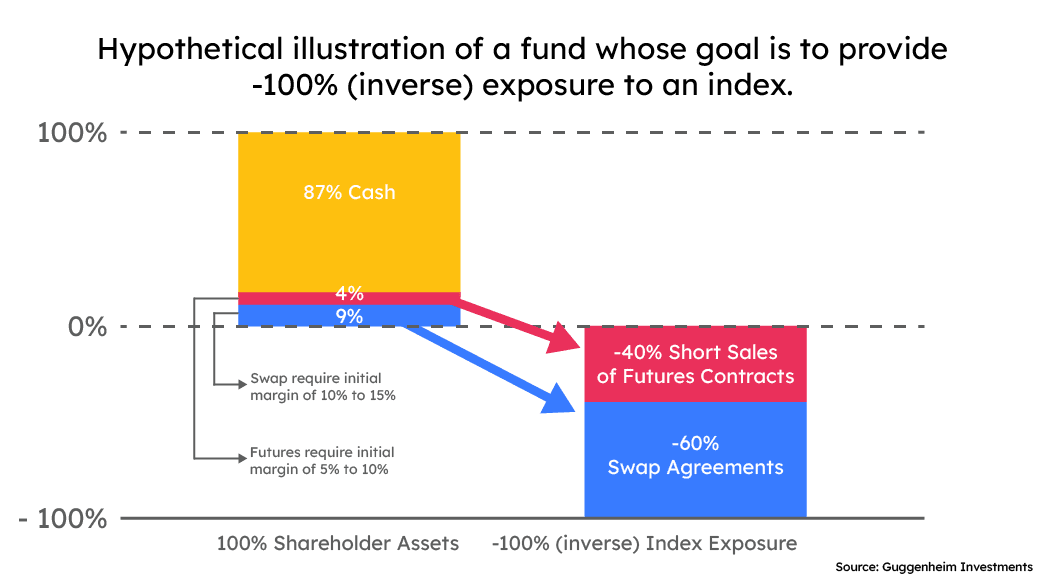
It’s important to recognize that the attempt of a 1:1 inverse relationship is only applicable on a daily basis. Over longer periods of time these funds WILL NOT closely track the inverse of the index due to one word: Compounding!
Let me explain…
Let’s assume that we use the Rydex Inverse S&P fund (RYURX) and the S&P 500 with a starting value of $10,000.
Day 1: Assume that on the first day you are invested the S&P 500 loses 2% causing the RYURX to gain 2%. At the end of the day your S&P 500 position would be worth $9,800 while your RYURX investment would be worth $10,200.
Day 2: If on the following day the S&P 500 loses another 2% the price would drop from $9,800 to $9,604 while RYURX would increase to $10,404.
Result: Even though the correlation was perfect daily after two days the S&P 500 is down 3.96% while RYURX is up 4.40%. When compounding over a long period of time the 1:1 daily correlation is no longer valid.
Let’s examine the 2008 bear market performance from top to bottom to visually show this concept.
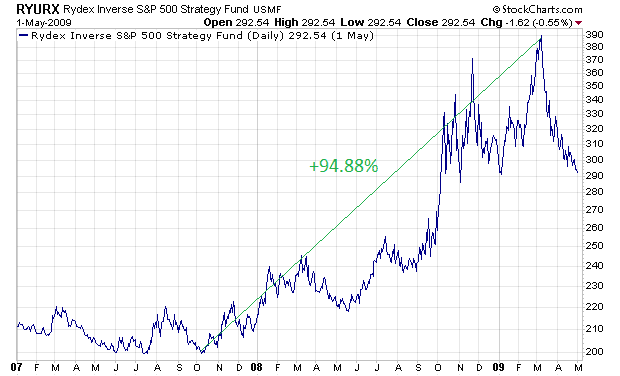
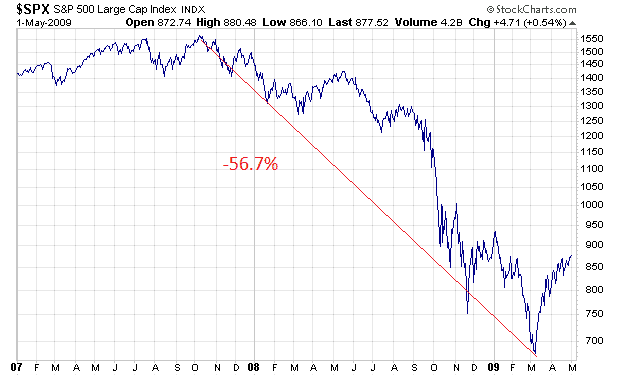
As you can see even though daily the 1:1 inverse relationship is in place due to compounding over time this correlation is blown out of the water.
Using a leveraged fund compounds the compounding issues, pun intended!
THIS IS FOR ILLUSTRATIVE PURPOSES ONLY. YOU CANNOT INVEST DIRECTLY IN AN INDEX.
Why Use a Bear Market Fund?
The most important part of any risk managed investment process is to raise cash during periods of uncertainty to reduce risk. However, there are certain situations that can arise where you want to hold on to certain investments while offsetting them with a downside protection vehicle.
- Speed: It takes time to research and determine the investments you want to either buy or sell. Markets move fast and typically not on your schedule. By using a bear market fund a manager can quickly add portfolio insurance in the short term while taking the time to properly position the portfolio moving forward.
- Lower Portfolio Beta: As risks rise a skilled manager can counteract the volatility by allocating a portion to a bear market fund.
- Capital Gains: While only applicable for taxable accounts, using bear market funds can do wonders to limit the tax ramifications of selling positions with large capital gains.
- Add Alpha: Profiting from short selling is risky business and not many people are successful at it. However, for those that feel they have a process in place using bear market funds at opportune times can add alpha to a portfolio when executed properly.
**We have a strategy, called Bull Bear, that can go 100% short but to prove my point above it has only done so only once since 06/01/2002 for a total of 6 days. This isn’t something to mess around with.

When to use a Bear Market Fund?
Of course, you could buy and hold these investments, but then you would be a moron.
Markets generally increase over time and have a positive bias. These funds should be used as trading vehicles to capitalize on short term market inefficiencies or to temporarily hedge long positions. Period!
Getting too cute with these funds will bite you in the ass. There is a reason for the old saying that “the market can stay irrational longer than you can stay solvent.”
How to decide which bear market fund to use?
The key to deciding which company to use begins with your hedging criteria. The first decision comes down to deciding which index you want to use.
Assume your portfolio is heavily invested in technology stocks with a handful that have very high embedded gains that you don’t want to incur. However, you still want to take some beta off the table. The obvious decision is to find an inverse fund that is focused on a passive technology index like the NASDAQ Composite or the NASDAQ 100.
Another approach would depend on the overall allocation of stocks in the portfolio. You could also decide the tech stocks you own are closely correlated to the S&P 500 in which case you would want to use a bear market fund for that index.
Our process is agnostic to the index and simply focuses on the data. We focus on the target beta we want to achieve at any given time. Then working backwards, you can retrofit which bear market fund closely correlates to the current allocation.
Of course, this isn’t a perfect science because you are relying on past performance.
What companies offer these funds?
There are three major companies that offer passive inverse funds that are readily available for financial advisors; Rydex Investments, Profunds and Direxion.
Our preference is to use Rydex Investments given their experience as one of the pioneer’s in this space.
In addition, their tracking error is routinely better than the competition which is important for obvious reasons when your goal is to replicate the benchmark.
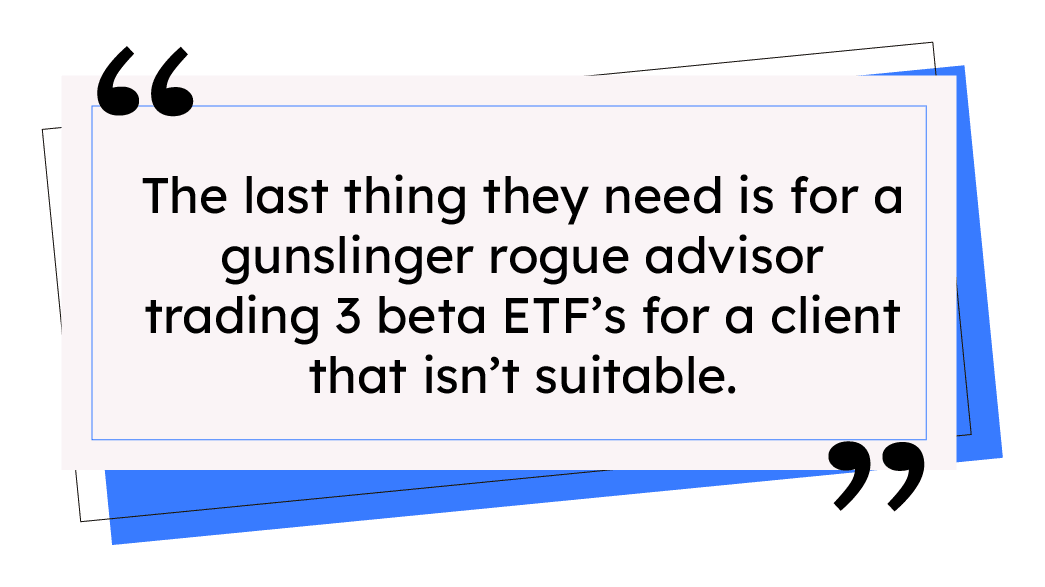
Heads up for financial advisors:
Financial advisors should check with their Broker Dealer because many ban the use of leveraged or inverse mutual funds. Why? Because they don’t trust that most individual advisors have a process in place to properly evaluate and trade. The last thing they need is for a gunslinger rogue advisor trading 3 beta ETF’s for a client that isn’t suitable.
They do however allow for third party asset managers like Potomac to use these funds on behalf of your clients.
Why?
Once again because there is a process in place to properly utilize these unique funds.
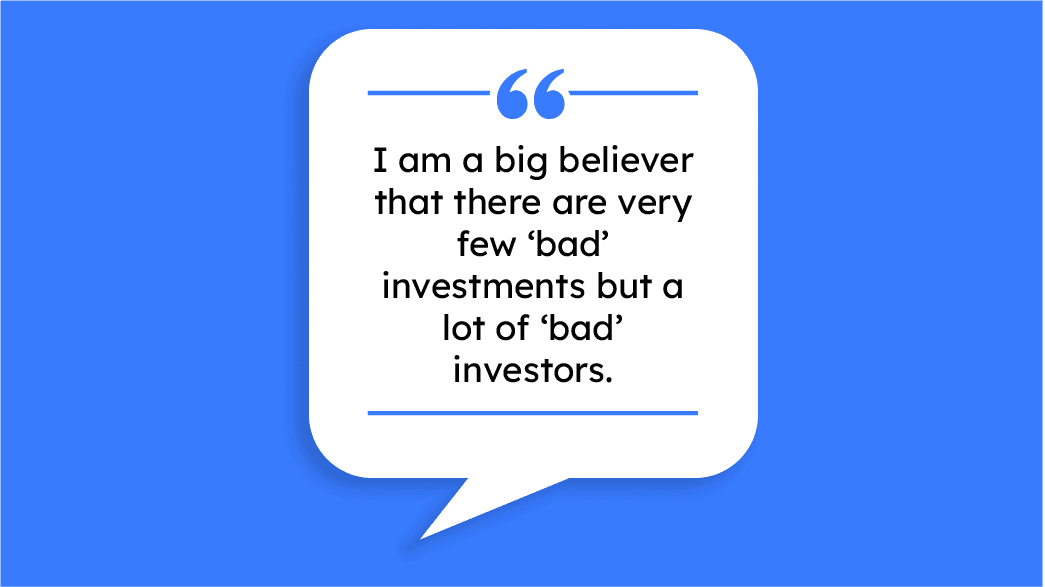
Final Thoughts:
I am a big believer that there are very few “bad” investments but a lot of “bad” investors. Before you ridicule me, I recognize there are scams and fraud but that isn’t my point.
At any given point in the market cycle certain investments can play a role in achieving a goal. Each investor has unique goals and a personalized plan.
Our belief has always been that successful investing requires an investor to manage their drawdowns by being in the right investments at the right time. Bear market funds can play a role in this process during turbulent times.
Disclosure: This information is prepared for general information only and should not be considered as individual investment advice nor as a solicitation to buy or offer to sell any securities. This material does not constitute any representation as to the suitability or appropriateness of any investment advisory program or security. Please visit our FULL DISCLOSURE page.
